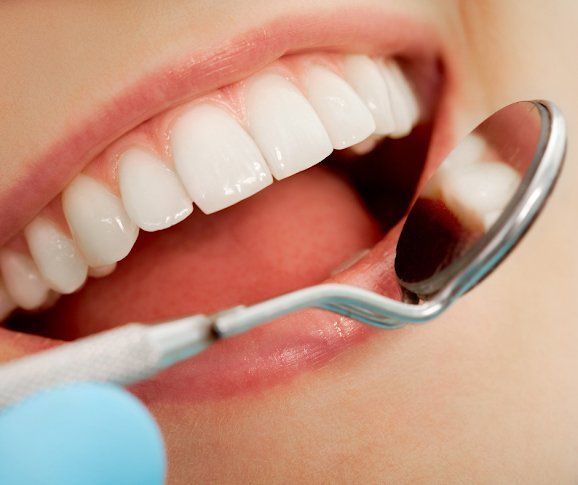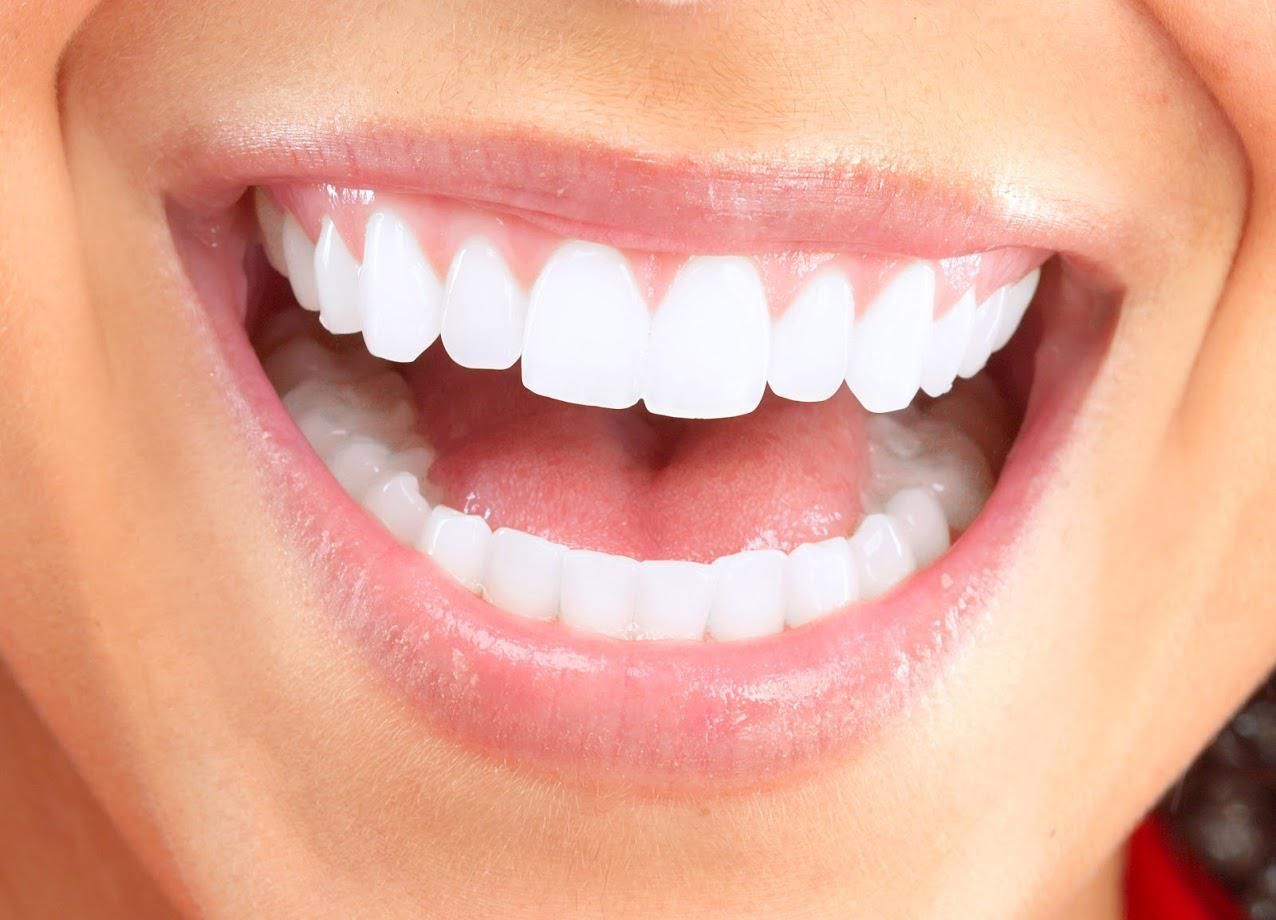Understanding Dental Sealants

Your permanent teeth are supposed to last your entire lifetime. However, for many people, their teeth do not. People are likely to lose to lose one or more teeth because of poor dental hygiene and too few preventive services. That is why dentists offer preventive care, such as dental sealants , to help patients maintain good oral health. Here is a bit of information about dental sealants to help you better understand them.
How Do Dental Sealants Work?
Dental sealants are thin coatings of
plastic that dentists apply to the grooved chewing surfaces of the
back teeth. The coatings form a barrier, preventing plaque and oral
acids from making direct contact with the tooth material.
The back teeth, which include the
molars and premolars, are particularly susceptible to decay because
of the depth of the grooves in the teeth. Oral bacteria and food
particles settle in these grooves, which are called fissures and
pits. As the particles and oral bacteria mix, they form plaque.
With a ready food source from the
carbohydrates in the leftover debris, the bacteria in the dental
plaque, which may include lactobacilli and streptococci mutans,
feed and release acid as a waste product. This acid eats away at the
tooth enamel, causing decay. However, the acid cannot demineralize
the enamel if a plastic shield protects it.
Additionally, food particles and plaque
are less likely to settle in the chewing surfaces of the teeth after
applying dental sealants. The sealants help fill in the
grooves, partially smoothing out the uneven surface.
Are Dental Sealants Only for Kids? Dentists often suggest dental sealants for children as soon as their adult premolars and molars come in. By protecting the teeth when the kids are likely to suffer from dental decay, the sealants can help prevent significant problems in the permanent teeth. In fact, in children, the sealants can reduce the incidence of decay by 60 percent. Nevertheless, the sealants are also effective for adults. Adult patients who have not developed cavities in their back teeth can also benefit from the protection of dental sealants.
How Do Dentists Apply Dental
Sealants?
Your dentist applies dental sealants in
several simple steps:
- They clean and dry your teeth.
- They apply an etching solution to the chewing surfaces to roughen the tooth material.
- They brush the liquid dental sealants onto the designated surfaces.
- They may apply a specialized curing light to the sealants to harden them in place. However, some sealants harden on their own.
Applying dental sealants is often quick and painless. Since the application is not invasive, no need for anesthesia exists.
How Do You Care for Dental Sealants? After you have sealants, you simply treat your teeth as you would if they were unprotected. Your dental hygiene regimen should still include brushing twice a day and flossing at least once daily. Keep in mind that the sealants only protect a portion of the tooth surfaces. The other areas of the teeth remain just as susceptible to decay. Additionally, improperly removing plaque can still lead to gum disease.
How Long Do Dental Sealants Last? Dental sealants can last up to 10 years. However, they can get damage from normal wear and tear. During your routine dental appointments, your dentist will check the state of your sealants. If the sealants have worn away or become damaged in areas, the dentist can easily reapply the sealants. With the increase in dietary sugars and fluoride-free bottled water, dental sealants are particularly beneficial. To apply sealants to your teeth, contact the dental office of Jeffrey L. Erwin DDS to schedule an appointment today. We are happy to answer all your questions.













